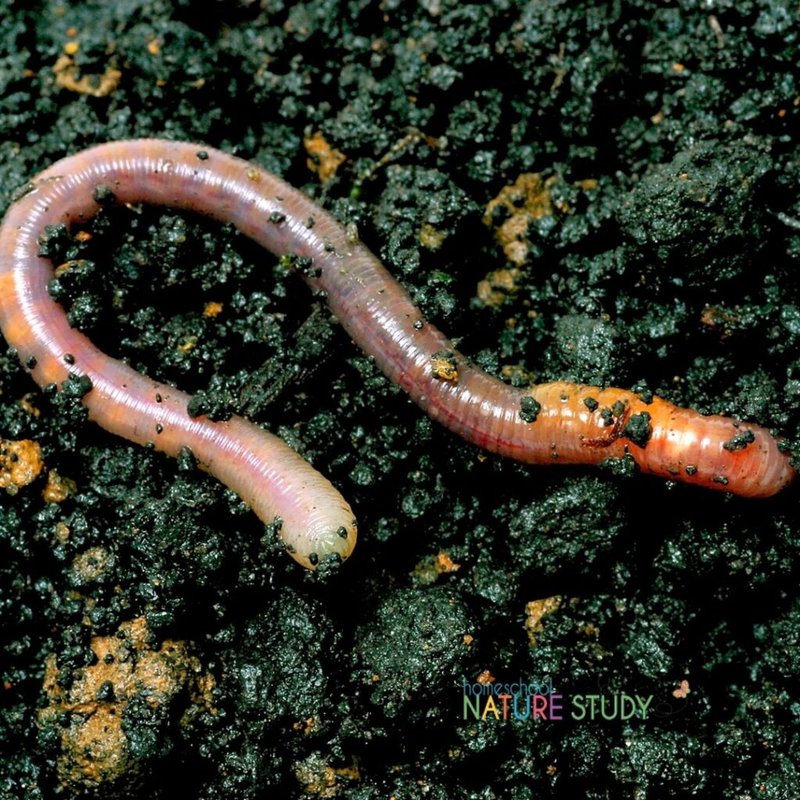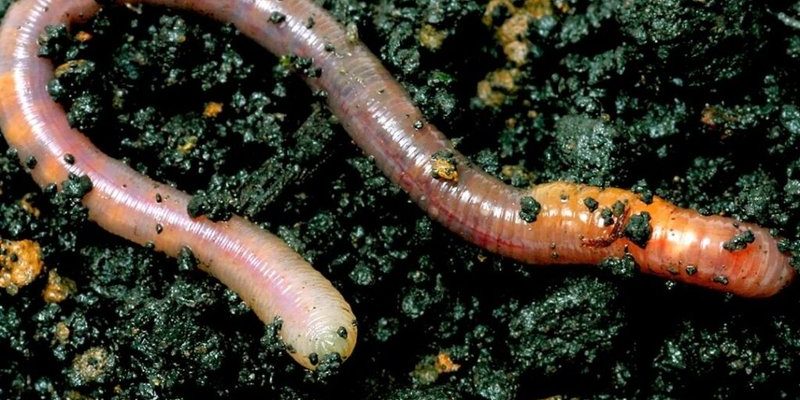
Collecting earthworms can be a rewarding experience, whether you’re conducting research, teaching a class, or just curious about these incredible organisms. The good news is that you can do it in a gentle way that keeps our wriggly friends safe and healthy. So, grab a cup of coffee, and let’s dive into the world of earthworm collection!
Why Collect Earthworms?
You might be wondering why anyone would want to collect earthworms in the first place. There are plenty of important reasons! For starters, earthworms play a crucial role in maintaining soil quality. They aerate the ground, improve drainage, and help with nutrient cycling. Studying them helps scientists understand soil health and the ecosystem as a whole.
In educational settings, collecting earthworms helps students learn about biology, ecology, and the environment. It’s a hands-on way to teach valuable lessons about life’s interconnectedness. Plus, observing earthworms can give you insights into how they react to their surroundings, which can spark fascinating discussions about adaptation and survival.
Gathering Your Supplies
Before heading out to collect earthworms, you’ll need a few essential supplies to make the process smooth and respectful. Here’s what to assemble:
- Compost Bin or Container: A breathable container, like a cardboard box or a shallow bin, is perfect for transporting earthworms without harming them.
- Gloves: To protect both your hands and the worms, gloves are a smart choice. They’ll help you handle the earthworms gently.
- Moisture Spray Bottle: Worms thrive in moist environments, so having a way to keep them damp during transportation is essential.
- Shovel or Trowel: This will help you dig into the soil without damaging their habitat.
Honestly, preparing for your earthworm adventure makes all the difference. Just imagine heading out with your supplies, ready to discover the rich world beneath the surface!
Choosing the Right Location
Finding the best spot to collect earthworms is key to ensuring a successful and ethical experience. Look for areas with rich, moist soil, like gardens, parks, or wooded regions. These places usually have plenty of organic material for the worms to munch on, creating a thriving habitat.
You might also want to avoid areas with heavy pesticide or chemical use, as these can harm the worms and disrupt their natural processes. Think of it this way: just as you prefer clean, fresh food, earthworms also thrive in a healthy environment.
Also, consider the time of day. Early morning or after a rainstorm is usually the best time to find earthworms. They come closer to the surface when the soil is moist, making them easier to collect. It’s like they’re throwing a little party just for you!
How To Collect Earthworms Safely
Now that you have your supplies and location, it’s time for the fun part—collecting the earthworms! Here’s a step-by-step guide to ensure their safe collection:
1. Moisten the Soil: Use your moisture spray bottle to lightly dampen the area where you’ll be digging. This helps to bring the worms closer to the surface.
2. Carefully Dig: Use your shovel or trowel to gently dig up the top layer of soil. Be cautious and try to avoid slicing through any worms—you want to keep them whole and healthy.
3. Handpick the Worms: As you dig, you might spot some wriggling around. Gently pick them up with your gloves. Remember, the more careful you are, the less stress you cause them.
4. Place Them in Your Container: Transfer the collected worms to your compost bin or container. Keep them in a cool, dark place to reduce stress.
By following these steps, you’re not only collecting earthworms but also respecting their well-being in the process.
Caring for Your Collected Earthworms
Once you’ve collected your earthworms, they’ll need a little TLC. Here’s how to take care of them until you’re ready for study:
– Keep Them Moist: Ensure the container has some damp soil or leaves to keep the worms hydrated. If they dry out, they can suffer, just like you would without water.
– Limit Light Exposure: Earthworms are sensitive to light. Keep them in a dark place, like a closet or under a towel, to help them feel safe.
– Feed Them Organic Material: If you plan to keep them for a while, provide small pieces of fruits, vegetables, or paper scraps to give them food. It’s their version of a gourmet meal!
By providing this care, you’re ensuring that your earthworms remain healthy and lively for your study, enhancing your learning experience.
Ethical Considerations
Collecting earthworms isn’t just about the exploration; it’s also about responsibility. Here are a few ethical practices to consider:
– Minimize Disturbance: Only collect as many worms as you really need for your study. Over-collecting can disrupt local populations.
– Return Them Safely: If you’re done with your study or project, it’s best practice to return the worms to their original habitat. Just be careful to place them in a similar environment so they can adjust easily.
– Educate Others: Sharing what you learn about earthworms and their importance helps promote awareness and encourages others to treat these creatures with respect.
Ultimately, treating earthworms with care and respect is essential for maintaining a healthy ecosystem.
Collecting earthworms for study can be a fascinating and educational experience, opening up a world of understanding about soil health and environmental science. By choosing the right techniques and showing kindness to these little creatures, you can ensure a positive experience for both you and the worms.
So, whether you’re studying at school, conducting research, or simply indulging your curiosity, remember that every little worm contributes to the bigger picture. Let’s keep our earthworm friends safe and thriving! Happy worm hunting!

